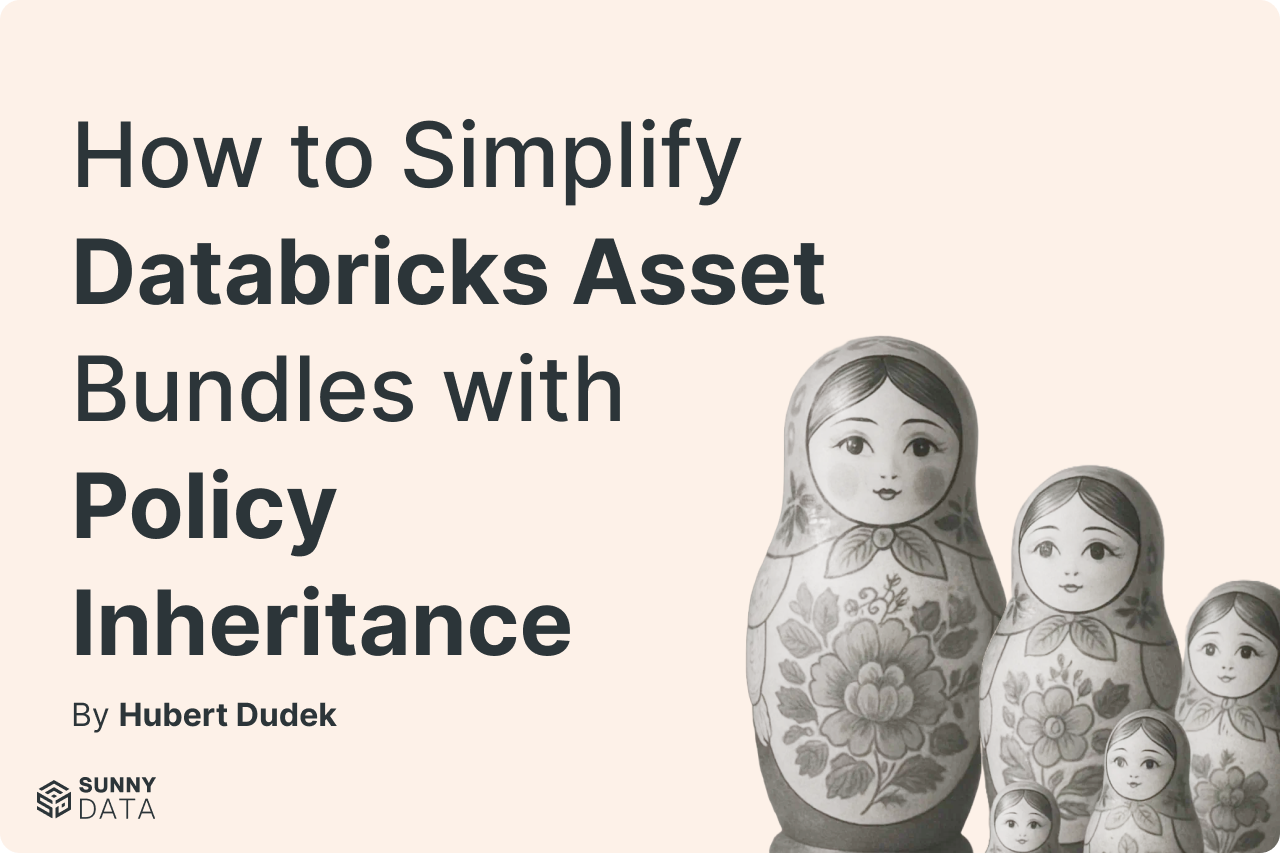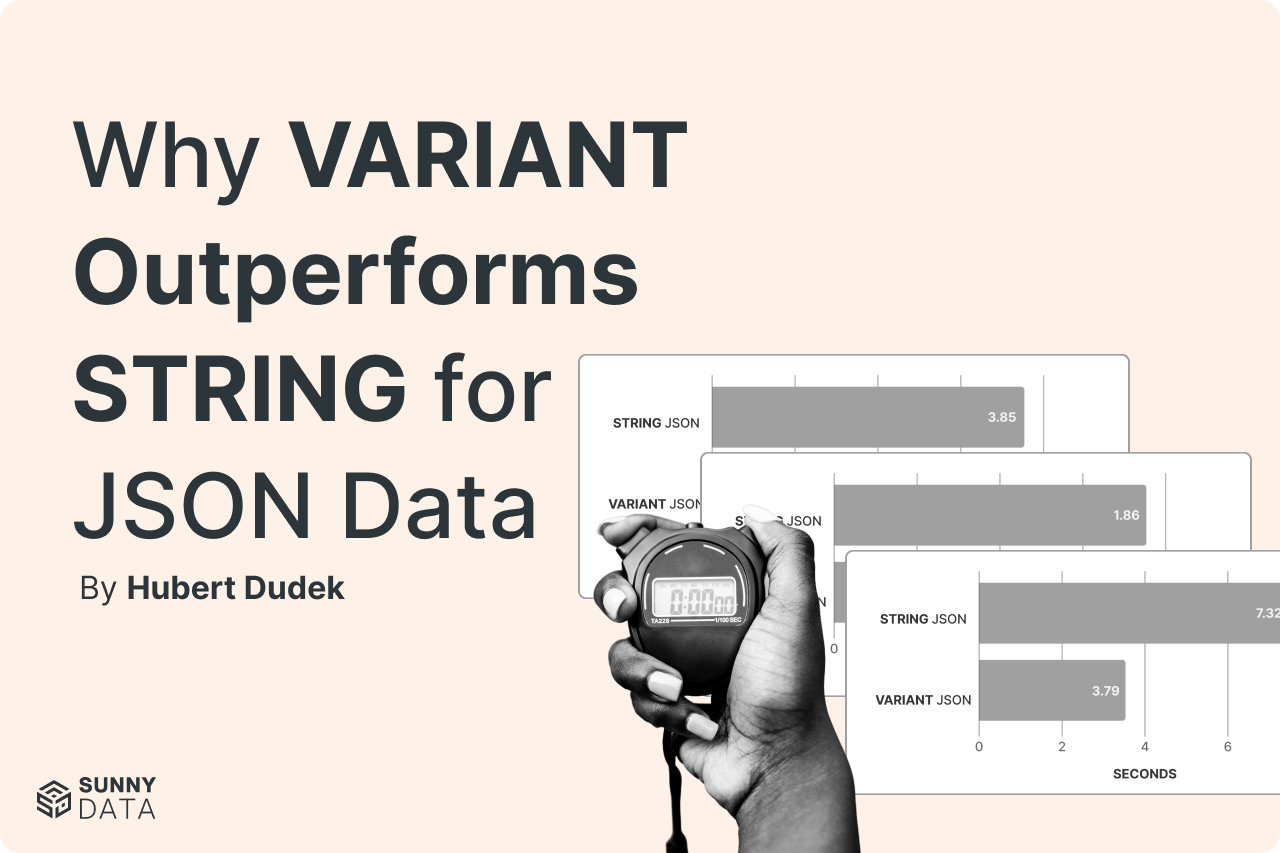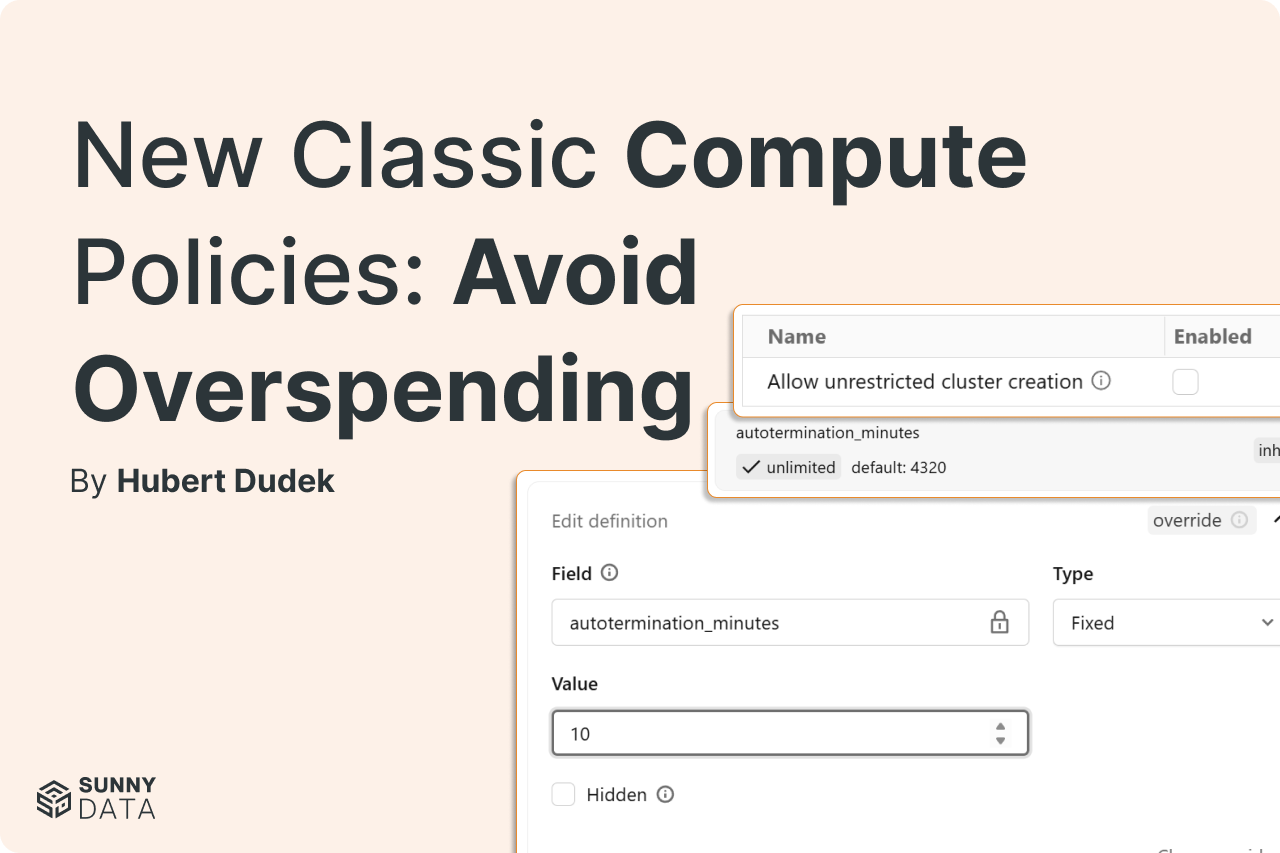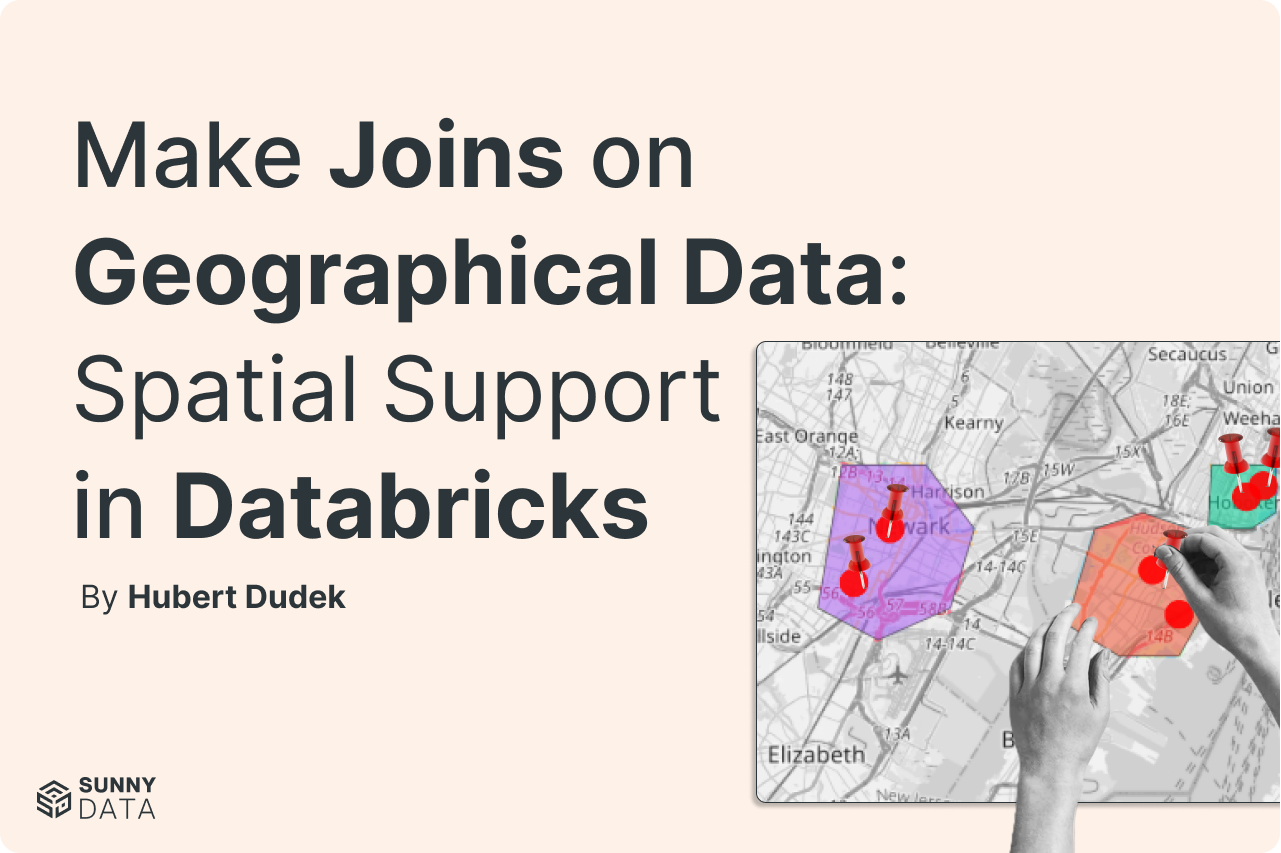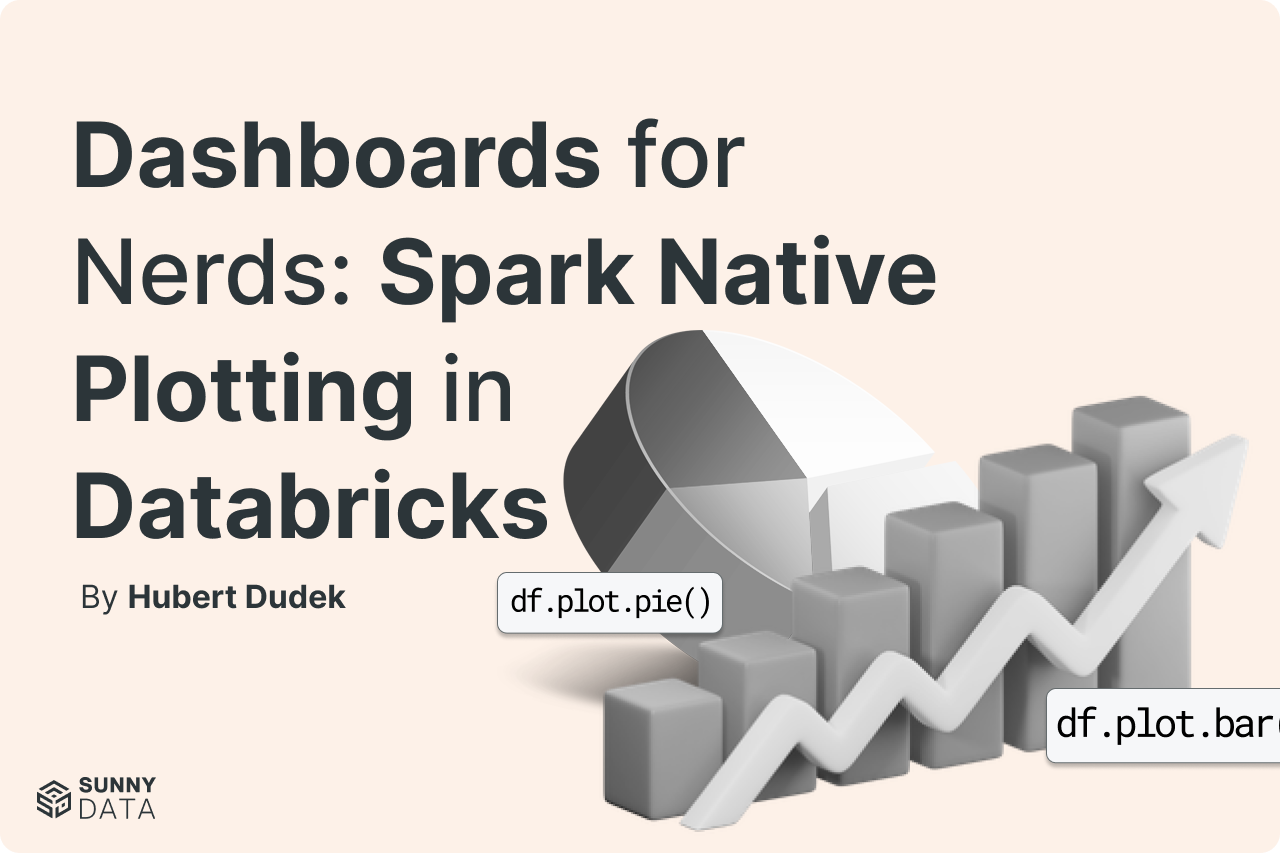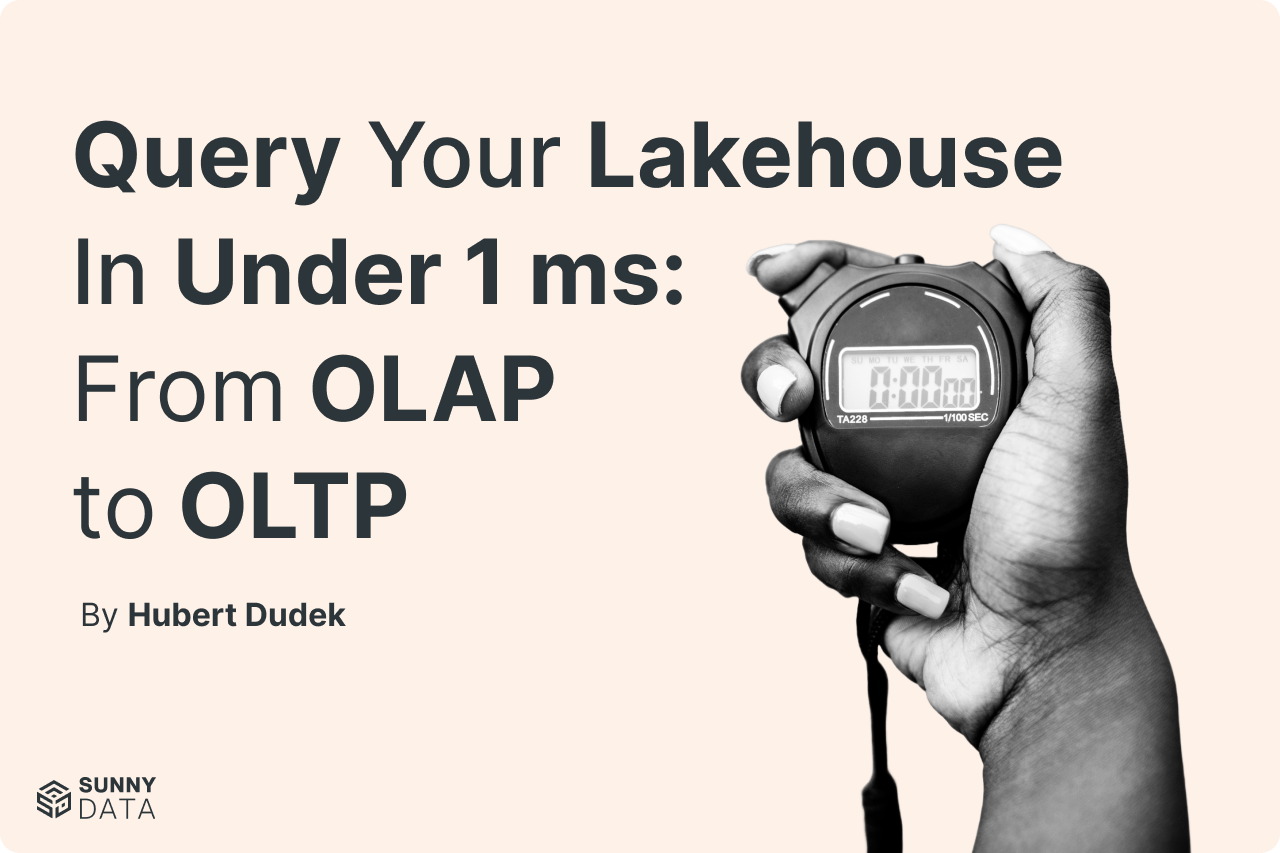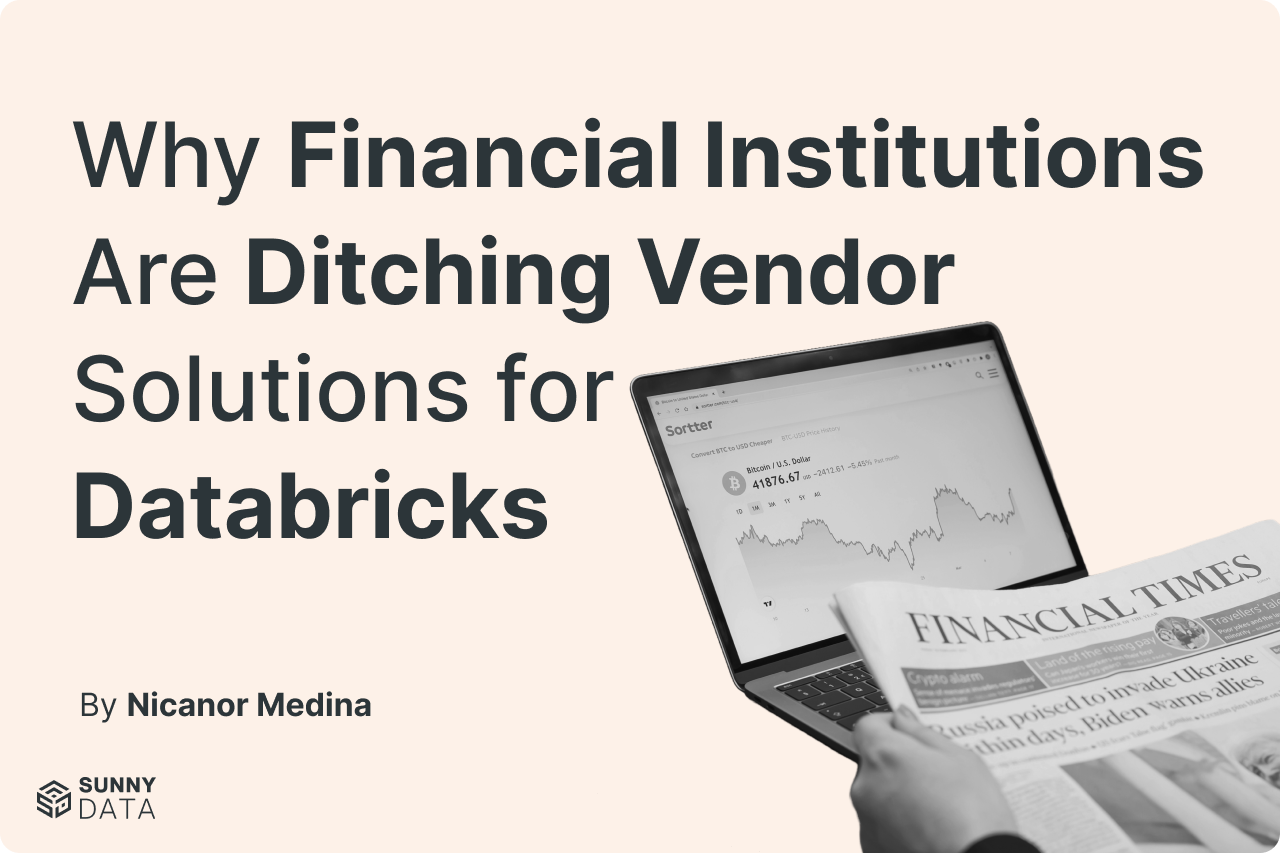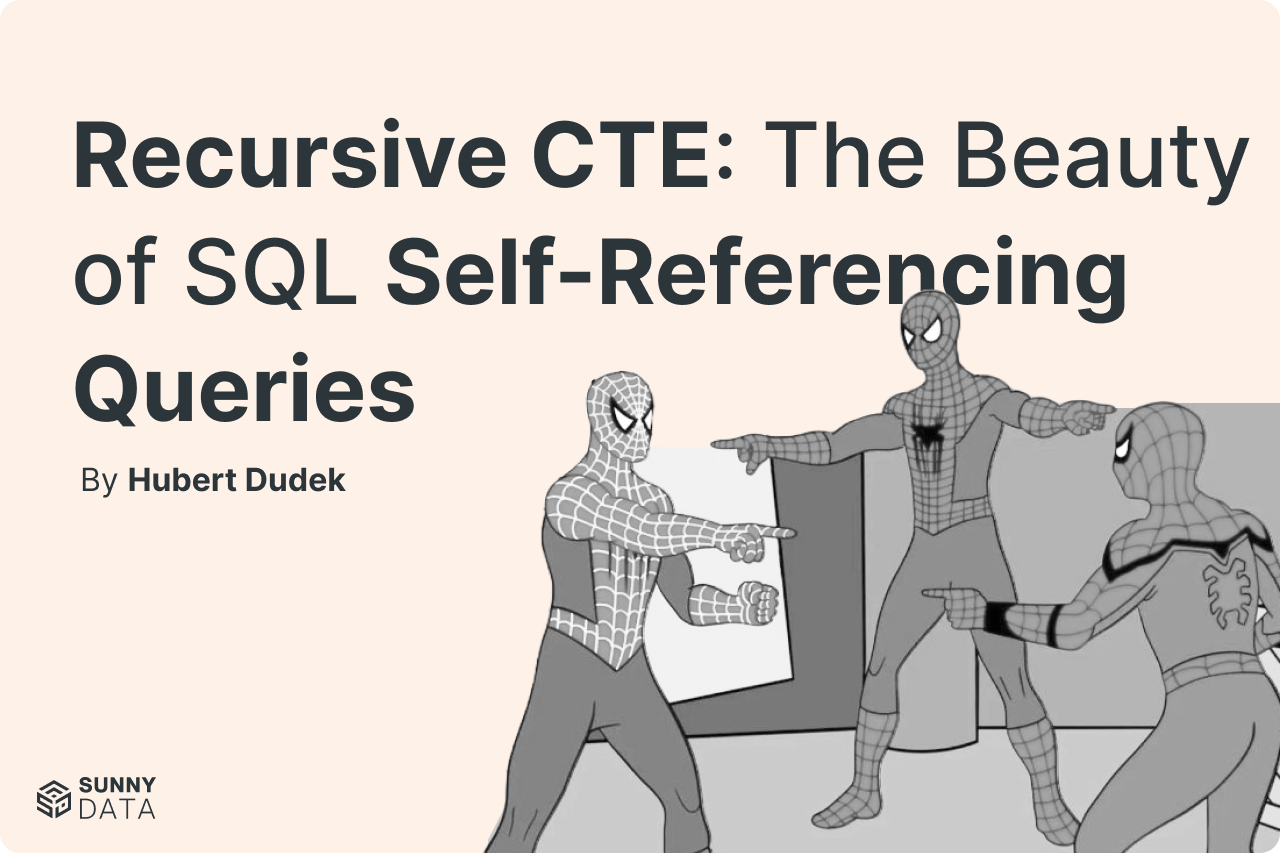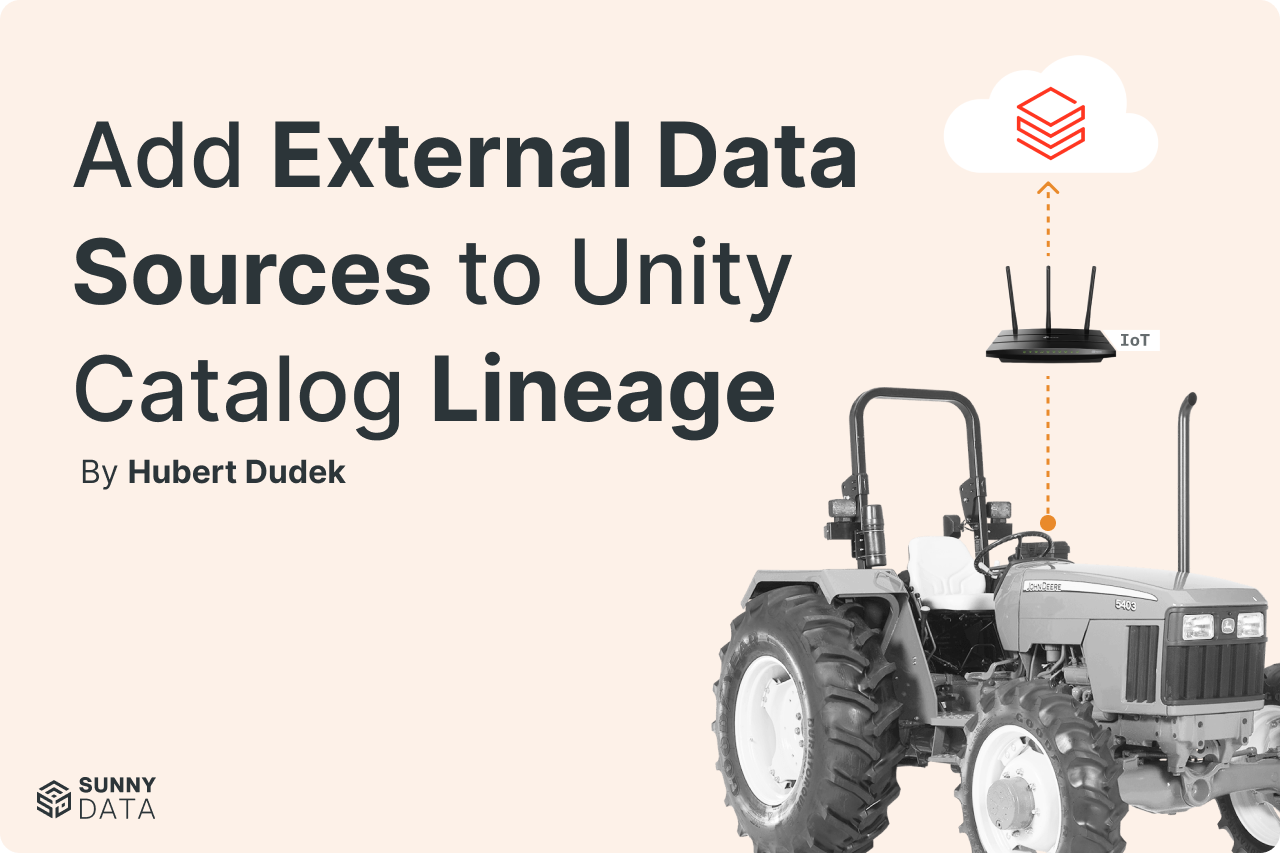Resources and insights
Our Blog
Explore insights and practical tips on mastering Databricks Data Intelligence Platform and the full spectrum of today's modern data ecosystem.
How to Simplify Databricks Asset Bundles with Policy Inheritance
Learn how Databricks’ policy default values reduce Asset Bundle complexity. Centralize governance and eliminate repetitive cluster configurations.
Defining Table Relationships in Databricks Genie
Master data relationships in Databricks Genie with and without foreign keys. Complete guide to using Unity Catalog constraints and defining custom joins for better AI insights.
Why VARIANT Outperforms STRING for JSON Data
Check out how Databricks VARIANT outperforms STRING for JSON data with 22% better storage and up to 50% faster queries.
The Hidden Benefits of Databricks' Managed Tables
Learn why Databricks managed tables outperform external tables. Real testing shows cost savings through optimized caching and reduced storage operations.
Keeping Up With Agent Bricks
Complete Databricks Agent Bricks review and tutorial. Explore the potential of this Databricks tool by building an AI agent for financial analysis using RAG, multi-agent systems, and PDF parsing.
Request Access Through Unity Catalog
Implement Databricks Unity Catalog access requests to streamline data permissions. Step-by-step guide covering BROWSE privileges, automated workflows, and ITSM integrations for better data governance.
New Classic Compute Policies: Prevent Overspending
Configure Databricks compute policies to prevent accidental overspending. Step-by-step guide to setting auto-termination, worker limits, and access controls that protect your budget without limiting productivity.
New Databricks INSERT Features: INSERT REPLACE ON and INSERT REPLACE USING
Databricks SQL introduces two powerful new INSERT commands: INSERT REPLACE ON for conditional record replacement and INSERT REPLACE USING for complete partition overwrites. These Delta-native features eliminate complex workarounds while maintaining data integrity. Available in Databricks Runtime 16.3+ and 17.1+ respectively, these commands provide developers with precise control over data updates and partition management in modern data engineering workflows.
Make Joins on Geographical Data: Spatial Support in Databricks
Databricks Runtime 17.1's new geospatial support makes it easy to join geographical data using geography and geometry datatypes. This blog shows you how to map delivery zones, calculate distances, and optimize routes using spatial functions.
Dashboards for Nerds: DataFrame Plotting in Databricks
Discover Spark native plotting in Databricks - create charts directly from DataFrames without pandas conversion. Perfect for data engineers.
Grant individual permission to secrets read in Unity Catalog
Implement granular secret access control in Unity Catalog that goes beyond traditional Key Vault-level permissions. This advanced approach uses Unity Catalog UDFs with service credentials to create secret-specific access controls, allowing you to grant users access to individual secrets rather than entire Key Vaults.
Query Your Lakehouse In Under 1 ms.: From OLAP to OLTP
Databricks Lakehouse excels at analytical workloads but struggles with single-row lookups that customer-facing applications demand. This blog shows how to solve the OLAP vs OLTP dilemma by adding PostgreSQL-based OLTP capabilities to your existing Lakehouse architecture
Why Financial Institutions Are Ditching Vendor Solutions for Databricks
How 7 Databricks accelerators are helping banks and financial institutions replace expensive vendor solutions with custom in-house data applications for AML, fraud detection, customer analytics, and compliance.
Recursive CTE: The beauty of SQL Self-Referencing Queries
Recursive CTEs in SQL: queries that can reference themselves to solve complex problems iteratively. From generating sequences to traversing network graphs and hierarchical data, learn how to eliminate manual looping with SQL solutions.
Add External Data Sources to Unity Catalog Lineage
Enhance your Unity Catalog lineage by incorporating external data sources such as Kafka streams and IoT devices. This blog covers both UI-based and programmatic methods for creating complete data lineage visibility in your Databricks environment.


